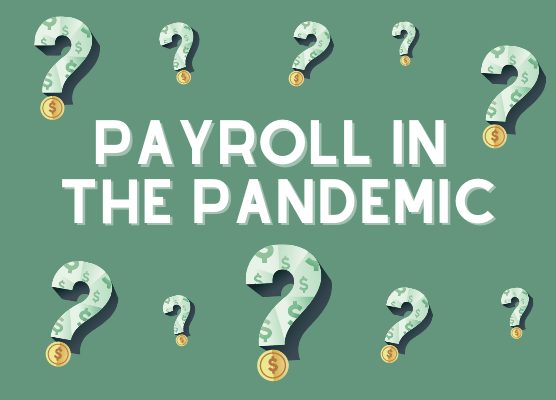Payroll in the pandemic: The latest round of FAQs
 The last time the Los Angeles Dodgers won the World Series was 1988. Congratulations to all our National League fans! Now the long, hard baseball-free winter sets in. We’re waiting for Opening Day, which, improbably, may be April 1, pandemic permitting. Does the baseball commissioner have a sense of humor or what?
The last time the Los Angeles Dodgers won the World Series was 1988. Congratulations to all our National League fans! Now the long, hard baseball-free winter sets in. We’re waiting for Opening Day, which, improbably, may be April 1, pandemic permitting. Does the baseball commissioner have a sense of humor or what?
We didn’t wait 32 years to address Payroll pros’ pandemic-related questions, but it’s been long enough. So let’s see how we can help.
We are a local government, so we must provide paid sick leave to employees without the benefit of getting the payroll tax credit. Must we still report employees’ sick/family leave in Box 14 of their W-2?
Yes. First, because the IRS didn’t make exceptions to the Box 14 reporting requirement. And second, the reporting requirement has actually nothing to do with employers’ entitlement to a tax credit.
Employees with side gigs are entitled to the own tax credit, but to prevent double dipping, they have to subtract out their employer-provided leave.
Employees who qualify for their own tax credit will attach Form 7202, Credits for Sick Leave and Family Leave for Certain Self-Employed Individuals, to their 2020 Forms 1040.
Two questions related to closing a business: Some employees will be receiving severance pay into 2022. Can severance pay be treated as supplemental wages? Also, which states require employees to be paid their accrued vacation pay?
Yes, severance pay is supplemental wages. You may withhold federal income taxes at the flat 22% rate (provided, of course, employees haven’t received over $1 million in supplemental pay this year). You may continue to use the flat rate withholding method for severance paid next year.
But for severance paid in 2022 to employees who are let go this year, you’ll need to use the aggregation method of withholding, because the flat rate method is limited to employees who receive regular wages during the current or preceding year. To use the aggregation method, use what would have been your regular pay period.
California, Illinois, Nebraska and Rhode Island require you to pay employees their accrued vacation pay upon termination.
All the other states allow employers to set their own vacation payout policies.
We hired a short-term employee who didn’t have a Social Security number, but her I-9 documents checked out. How do we report no SSN on her W-2?
Even though this employee has left your company, you should still try to get her SSN. You can call, email or send a letter. Keep track of your solicitation efforts, just in case the IRS later questions you in an audit. You should explain that if her wages aren’t reported under her SSN, the Social Security Administration won’t be able to credit her wages to her account, which could result in a lower monthly benefit when she retires.
If you still don’t have the SSN by the time you’re ready to process your W-2s and you file on paper, write “Applied For” in Box a on all copies. If you’re e-filing with the SSA, enter all zeros in Box a.
My company often held working lunches. To facilitate working lunches while employees are working from home, we’re paying for Door Dash certificates to be provided to employees to order their own lunch. What’s the tax status of these vouchers?
There is no easy answer to this question. In general, vouchers or gift cards are considered taxable because they’re cash equivalents.
On the other hand, meals can be provided tax-free to employees if they’re provided for the convenience of the employer. Convenience of the employer means you have a substantial noncompensatory reason for providing meals. We’re not sure if mirroring what goes on in the office at home would qualify as a substantial noncompensatory business reason.
You need to seek tax advice. And we suggest you get it soon because if the meals are taxable, you don’t have a lot of time left this year to make up the taxes that should have been withheld.




